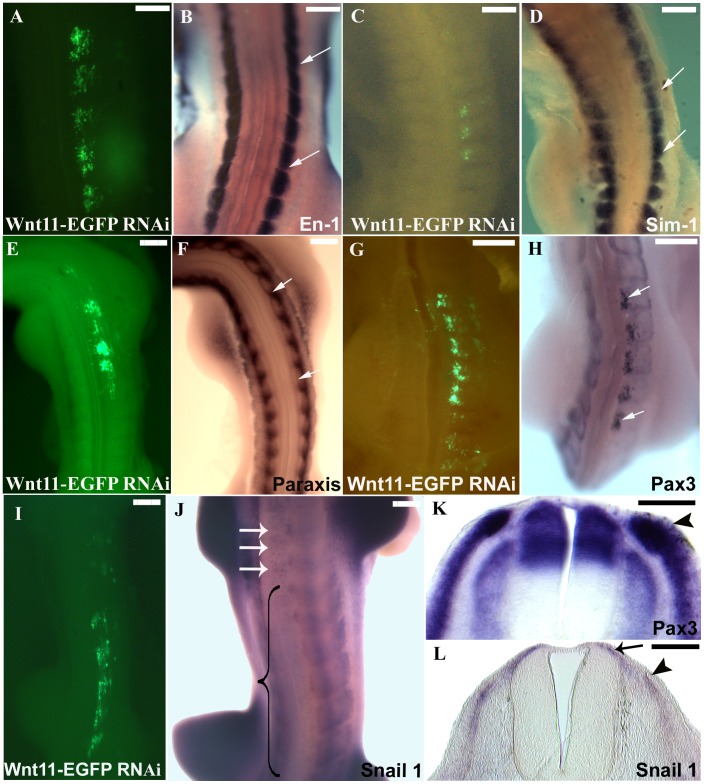Figure 5. Decrease of dermal markers after Wnt11 RNAi.
A. Embryo showing the region of transfection after electroporation with EGFP-Wnt11 RNAi. The embryo has been electroporated at stage HH14-17 and reincubated for 20 hours. B. The embryo in A after 2.5 days reincubation time following manipulation (HH28). Starting with stage 24, cDermo-1 expression pattern can be found in the subectodermal mesenchyme of the trunk, and at stage 26 it is very strong along the dorsal midline. Following additional 2.5 days of reincubation after EGFP signal documentation for embryo in A, cDermo-1 is remarkably reduced along the dorsal midline in the transfected region (area between white arrows in B). C. Higher magnification of the embryo in B. D. Electroporated embryo with Wnt11 silencing construct at stage HH14-17 and photographed 20 hours later, at stage HH20. E. After longer reincubation periods following electroporation (4.5 days of the embryo in D), the embryo shows a retarded feather bud development as seen after cDermo-1 ISH, which is expressed in this stage (HH31) in the mesenchyme of the nascent feather buds (the white arrowheads in E and F mark the missing row of feather buds on the manipulated side in D). F. Higher magnification of the embryo in E. G. Embryo showing the region of transfection after electroporation with EGFP-Wnt11 RNAi at stage HH14-17 and photographed 24 hours later, at stage HH20. H. After 8 days reincubation for embryo in G after EGFP documentation (HH38) and hybridisation with a Shh probe we have noticed a retarded feather bud development as seen with cDermo-1. In situ hybridisation for Shh also reveals a changed morphology of the eventually formed feather buds, which are smaller and more flattened, with lower expression of Shh on the manipulated side (white arrow and arrowheads in H). The white square presents in a higher magnification the altered feather buds formation (yellow arrow). Scale bar: 100 μm.

